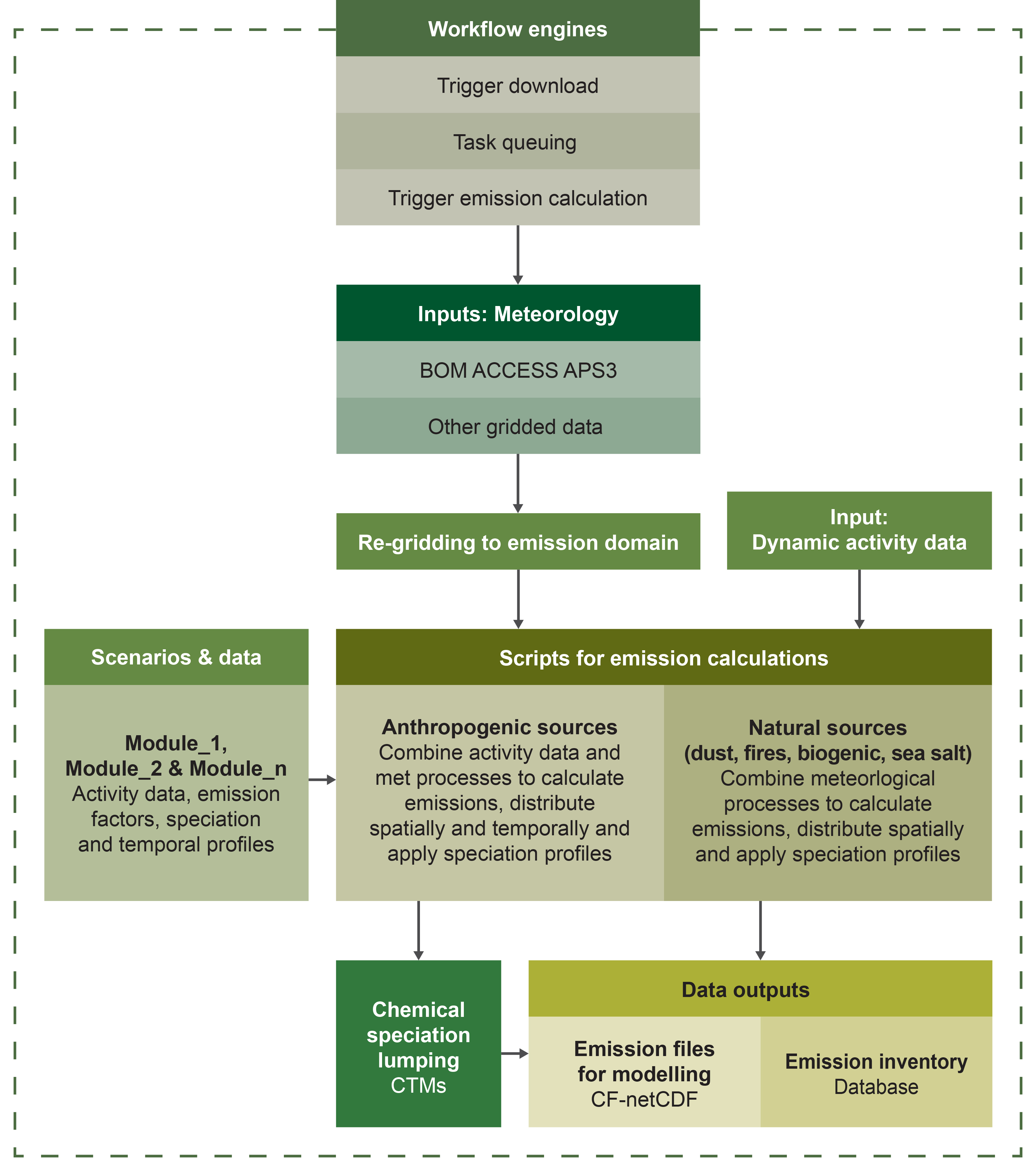Monitoring and analysis
Our analysis of smoke monitoring data investigated how our air quality monitoring methods and instruments were affected by the extreme levels of pollution during the NSW bushfire period in spring summer 2019–20. Episode analyses focused on the extent and intensity of high pollution events across our monitoring networks.
Key points
- A review of the impact of smoke from bushfires and hazard reduction burns on air quality in Sydney and surrounding regions over the past 20 years found that the spring-summer bushfires of 2019–20 was the worst event on record in terms of the intensity and duration of smoke impacts on visibility and fine particle levels.
- The community-initiated Blue Mountains Air Watch project found that the highest particle levels during the 12-month study period, from June 2019 to May 2020, were recorded at Katoomba and Lithgow during the bushfires period in spring–summer 2019–20.
- Our instrument performance testing found that lightweight, solar powered indicative particle monitors performed well as indicators of near real time smoke levels, compared to standard compliance particle monitors.
- A review of particle concentrations observed across the NSW Rural Air Quality Monitoring Network and modelling of particle pathways was undertaken for an event in early January. It found that south-easterly winds transported smoke from extensive fires in south-east Australia, across rural inland New South Wales, over distances of greater than 1000 kilometres.



